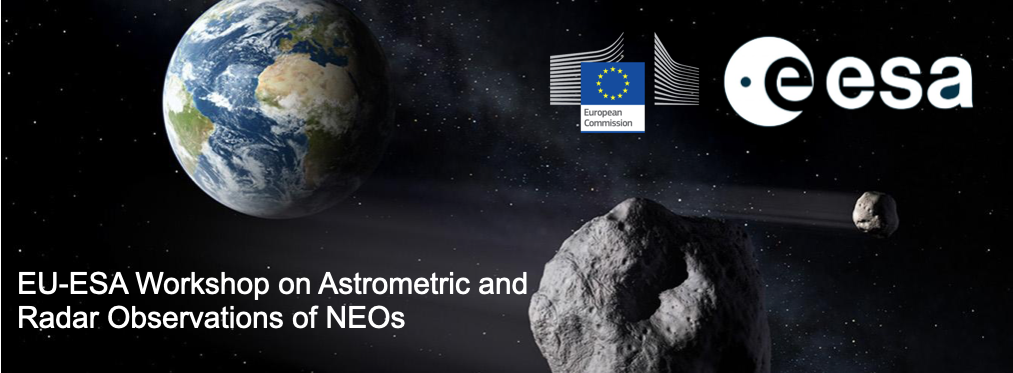Speaker
Description
Machine Intelligence Zrt is advancing Europe’s efforts in Near-Earth Object (NEO) detection through the development of NEODetect, a cutting-edge AI-driven system designed for real-time analysis of astronomical images while Konkoly Observatory is currently leading Europe’s Near-Earth Object (NEO) survey effort, with more than 250 discoveries in the past four years, including three imminent impactors found between 2022 and 2024.
Supported by the European Space Agency, we recently introduced a novel search technique that leverages machine learning algorithms to accelerate real-time image analysis - specifically targeting faint, trailed images of the smallest and closest NEOs. A custom deep-learning model, trained on both real and extensive synthetic astronomical datasets, now enables robust detection of NEOs and space debris, a key advantage over traditional methods.
However, feedback from our users highlighted a limitation: the initial model did not deliver precise positional estimate for candidates, necessitating additional fitting and validation steps by astronomers. Addressing this, we are now integrating a secondary neural network module that predicts each NEO candidate’s subpixel position, trail length, and direction of motion with high accuracy. This upgrade increases the reliability and precision of individual detections and dramatically simplifies result matching and the analysis of time-series data, especially valuable for large, mosaic-mode telescope systems scanning vast sky areas.
Through extensive testing and benchmarking, NEODetect has proven to be a fast, reliable tool that broadens the capabilities of NEO and space debris discovery efforts. By combining the powerful pattern recognition capabilities of deep learning with our ongoing developments in precise quantitative analysis, Machine Intelligence Zrt aims to elevate both the scientific impact and operational efficiency of modern survey programs, laying a solid foundation for the future of automated planetary defense.

